Ronald Rael’s Adobe Oasis was created for the exhibition Desert X and rises from California’s Coachella Valley as a cluster of ribbed, earthen passageways, bridging indigenous construction practices with digital fabrication.
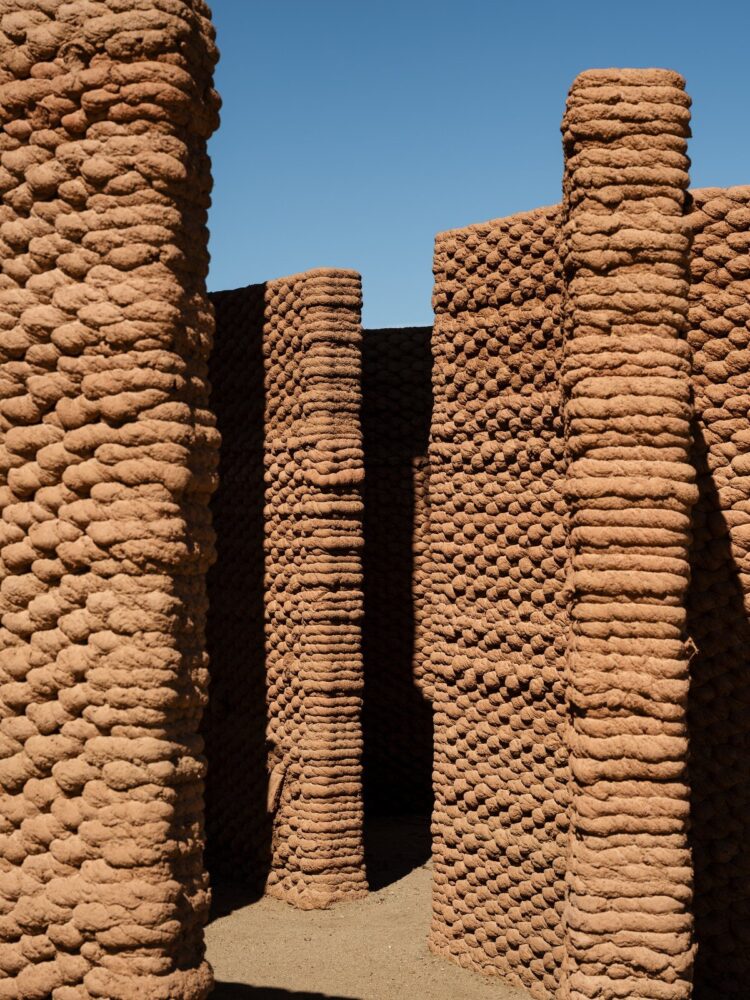 Layered in rhythmic ribbons of red adobe, the walls mimic the texture of the surrounding palm trees.
Layered in rhythmic ribbons of red adobe, the walls mimic the texture of the surrounding palm trees.
 This work is both land art and an architectural experiment to challenge industrial construction’s reliance on carbon-heavy materials like concrete and steel.
This work is both land art and an architectural experiment to challenge industrial construction’s reliance on carbon-heavy materials like concrete and steel.
 “I envisioned about 16 years ago, a future of earthen construction that involved 3D printing,” Ronald Rael reflects.
“I envisioned about 16 years ago, a future of earthen construction that involved 3D printing,” Ronald Rael reflects.
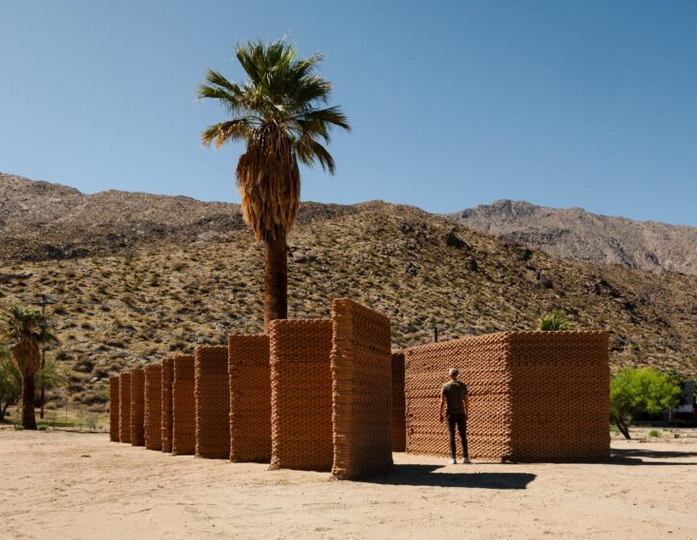 Working with the robotic printer is a ‘delicate dance’ — one where Rael remains in constant dialogue with the mud, adjusting and responding as the structure takes shape.
Working with the robotic printer is a ‘delicate dance’ — one where Rael remains in constant dialogue with the mud, adjusting and responding as the structure takes shape.
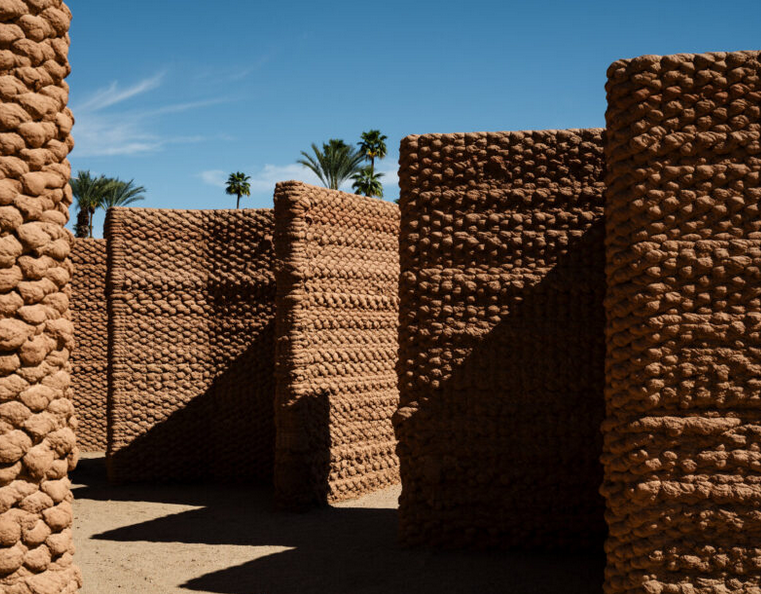 The process is sensory and tactile, and deeply connected to place, he says, with the scent, texture, and malleability of the material all becoming tools in bridging the past with the future.
The process is sensory and tactile, and deeply connected to place, he says, with the scent, texture, and malleability of the material all becoming tools in bridging the past with the future.
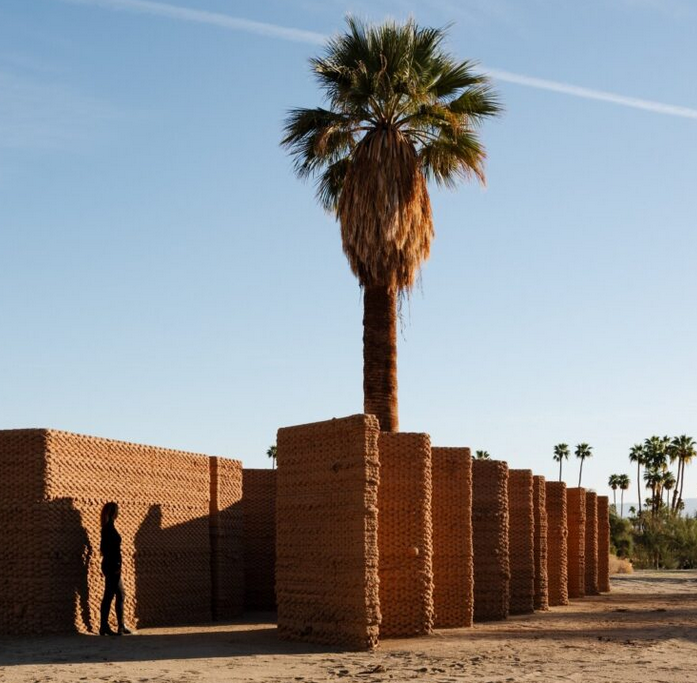 “We naturally have a visceral connection to earthen structures. We feel them and we understand them because we evolved to build them,” Rael says.
“We naturally have a visceral connection to earthen structures. We feel them and we understand them because we evolved to build them,” Rael says.
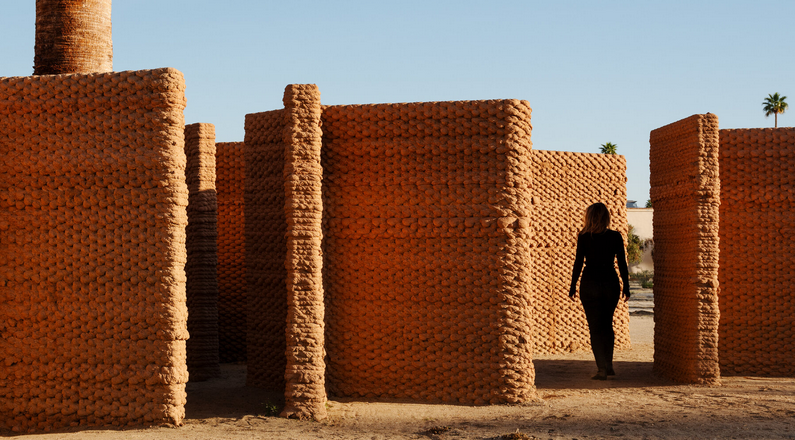 From the mudbrick ziggurats of Mesopotamia to the rammed-earth mosques of Mali and the vaulted homes of Nubia, civilizations have continuously refined adobe architecture to suit their environments.
From the mudbrick ziggurats of Mesopotamia to the rammed-earth mosques of Mali and the vaulted homes of Nubia, civilizations have continuously refined adobe architecture to suit their environments.
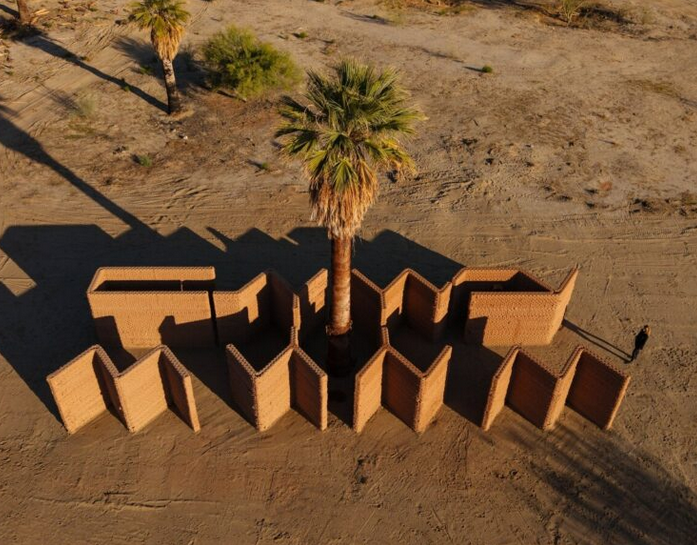 Rael is integrating 3D printing to refine the labor-intensive nature of earthen construction while maintaining its adaptability to site and climate.
Rael is integrating 3D printing to refine the labor-intensive nature of earthen construction while maintaining its adaptability to site and climate.
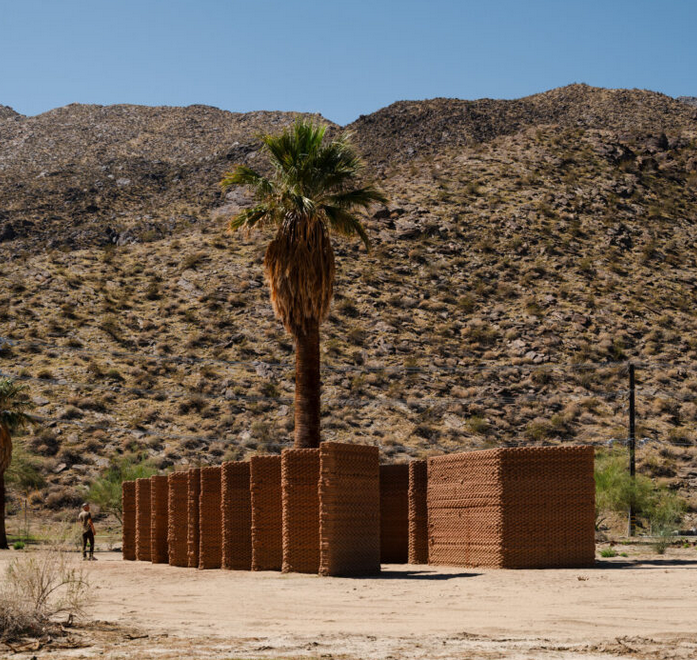 You can read the original article at www.designboom.com
You can read the original article at www.designboom.com
You can watch a short video about this at www.youtube.com
